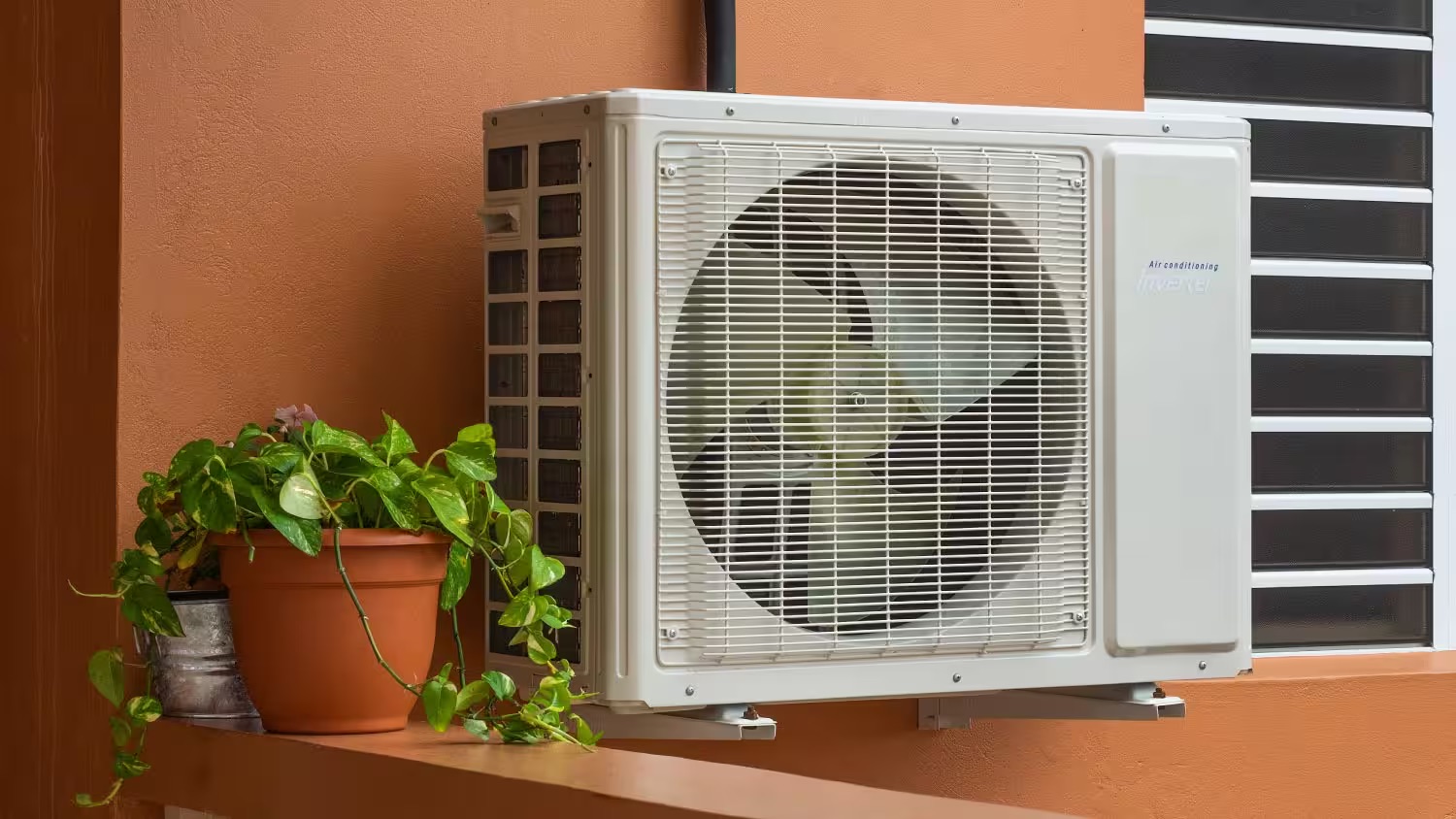

Articles
What Is HVAC Short Cycling
Modified: October 27, 2024
Learn about HVAC short cycling in this informative article. Discover the causes, impacts, and solutions to this common issue in heating and cooling systems.
(Many of the links in this article redirect to a specific reviewed product. Your purchase of these products through affiliate links helps to generate commission for Storables.com, at no extra cost. Learn more)
Introduction
Welcome to the world of HVAC systems! HVAC, short for Heating, Ventilation, and Air Conditioning, plays a crucial role in keeping our homes and businesses comfortable throughout the year. Whether it’s the scorching summer heat or the chilling winter cold, HVAC systems ensure that the indoor temperature remains optimal for our well-being.
However, like any complex system, HVAC units can sometimes encounter issues that require attention and troubleshooting. One such common problem is HVAC short cycling. This phenomenon not only affects the efficiency and performance of the system but also increases energy consumption and potentially leads to costly repairs.
In this article, we will dive deep into the world of HVAC short cycling, exploring its causes, effects, prevention methods, and troubleshooting techniques. By the end, you will have a comprehensive understanding of this issue, enabling you to take necessary steps to address and prevent it in your HVAC system.
So, let’s embark on this HVAC journey, unraveling the mysteries of short cycling and finding effective ways to combat it!
Key Takeaways:
- HVAC short cycling disrupts comfort, increases energy consumption, and accelerates wear and tear. Preventive measures such as proper sizing, regular maintenance, and addressing airflow issues are crucial for efficient HVAC operation.
- Identifying and addressing the causes of short cycling, such as faulty thermostats, restricted airflow, and refrigerant leaks, is essential to prevent reduced efficiency, inconsistent temperature control, and higher maintenance costs.
Read more: What Is Short Cycling AC
Understanding HVAC Systems
Before we delve into the world of HVAC short cycling, it’s important to have a basic understanding of how HVAC systems work. HVAC systems are designed to regulate temperature, humidity, and air quality within indoor spaces. They accomplish this by utilizing a combination of heating, ventilation, and air conditioning components.
Heating: The heating component of an HVAC system is responsible for warming indoor spaces during colder months. It typically uses a furnace, boiler, or heat pump to generate heat, which is then distributed throughout the building via ductwork or radiant heating.
Ventilation: Ventilation refers to the process of supplying fresh air and removing stale air from indoor spaces. This is crucial for maintaining good air quality and preventing the buildup of pollutants, such as carbon dioxide and airborne particles. Ventilation can be achieved through mechanical systems, such as fans or air handlers, or through natural methods, such as open windows or vents.
Air Conditioning: The air conditioning component of an HVAC system is responsible for cooling indoor spaces during warmer months. It uses a refrigeration cycle to extract heat from the air, cooling it down and removing moisture through condensation. The cooled air is then distributed throughout the building, keeping occupants comfortable.
These three components work together seamlessly to create a comfortable indoor environment. The operation of an HVAC system is controlled by a thermostat, which allows users to set and regulate the desired temperature.
Now that we have a basic understanding of HVAC systems, let’s explore what short cycling entails and why it can be problematic for these systems.
What is Short Cycling?
Short cycling refers to a condition in which an HVAC system turns on and off at irregular intervals and for short durations, rather than running through complete cycles. Instead of maintaining a consistent temperature, the system constantly cycles on and off, disrupting the normal operation and efficiency of the HVAC unit.
This erratic behavior not only affects the comfort levels of the indoor space but also puts unnecessary stress on the various components of the HVAC system. It can lead to increased energy consumption, decreased efficiency, and a shortened lifespan for the equipment.
Short cycling can occur in both heating and cooling modes, depending on the underlying cause. In heating mode, the system may turn on and off frequently, struggling to reach and maintain the desired temperature. Similarly, in cooling mode, the system may cycle rapidly, failing to effectively cool down the indoor space.
So, what are the possible causes of HVAC short cycling? Let’s explore some of the common culprits in the next section.
Causes of HVAC Short Cycling
HVAC short cycling can have various underlying causes, ranging from minor issues to more significant system malfunctions. Identifying the cause is crucial for addressing the problem and preventing further damage to the HVAC system. Here are some common causes of HVAC short cycling:
- Oversized or Undersized System: One of the primary causes of short cycling is an HVAC system that is either too large or too small for the space it is supposed to condition. An oversized system cools or heats the space quickly and then shuts off, while an undersized system constantly struggles to meet the desired temperature, resulting in frequent cycling.
- Faulty Thermostat: A malfunctioning thermostat can send incorrect signals to the HVAC system, causing it to cycle on and off unnecessarily. This can be due to faulty temperature sensors, wiring issues, or programming errors. Ensuring the thermostat is properly calibrated and functioning correctly is essential to prevent short cycling.
- Restricted Airflow: Restricted airflow can disrupt the heat exchange process in the HVAC system, leading to short cycling. Clogged filters, blocked vents or registers, dirty coils, or ductwork obstructions can all result in limited airflow, forcing the system to cycle more frequently to compensate.
- Refrigerant Leaks: In air conditioning systems, refrigerant leaks can cause the system to rapidly cycle on and off. Low refrigerant levels hinder the cooling process, resulting in inadequate temperature control and frequent cycling.
- Dirty or Faulty Components: Accumulation of dirt, dust, or debris on crucial HVAC components like the condenser coils, evaporator coils, or blower fan can cause the system to overheat or operate inefficiently. This can trigger short cycling as the system struggles to function optimally.
- Electrical Issues: Electrical problems, such as faulty capacitors, relays, or wiring, can disrupt the normal operation of the HVAC system and lead to short cycling. These issues often require professional assistance to diagnose and fix properly.
Identifying the specific cause of short cycling in your HVAC system may require troubleshooting or the expertise of a professional technician. By addressing these underlying causes, you can prevent further short cycling and ensure smooth operation of your HVAC system.
HVAC short cycling can be caused by a dirty air filter, low refrigerant levels, or a malfunctioning thermostat. Regular maintenance and timely repairs can help prevent short cycling and prolong the life of your HVAC system.
Effects of HVAC Short Cycling
HVAC short cycling can have several detrimental effects on the system itself, as well as the comfort and energy efficiency of the indoor space. Understanding these effects is crucial for recognizing the importance of addressing short cycling and taking appropriate action. Here are the key effects of HVAC short cycling:
- Reduced Efficiency: Short cycling reduces the efficiency of the HVAC system. When the system starts and stops frequently, it doesn’t have enough time to reach its peak efficiency and operate optimally. This leads to increased energy consumption and higher utility bills.
- Inconsistent Temperature Control: Short cycling disrupts the ability of the HVAC system to consistently regulate the temperature in the indoor space. The frequent cycling prevents the system from maintaining the desired temperature, resulting in fluctuating comfort levels and an overall uncomfortable environment.
- Increased Wear and Tear: The constant starting and stopping of the HVAC system puts unnecessary stress on its components. This increased wear and tear can lead to premature wear, decreased lifespan of the equipment, and potentially costly repairs or replacements.
- Poor Air Quality: Short cycling hinders adequate ventilation and filtration of the air. The limited runtime of the system prevents proper exchange of indoor and outdoor air, leading to a buildup of pollutants, allergens, and humidity. This can result in poor indoor air quality, triggering respiratory issues and discomfort for occupants.
- Higher Maintenance Costs: The increased wear and tear caused by short cycling can result in more frequent breakdowns and the need for repairs. This leads to higher maintenance costs and inconvenience for the system’s owner.
- Environmental Impact: Short cycling contributes to unnecessary energy consumption, which has a negative impact on the environment. The excessive energy usage leads to increased greenhouse gas emissions, contributing to climate change.
It is important to address short cycling as soon as it is detected to minimize these effects and ensure the efficient and proper functioning of the HVAC system.
Read more: What Is Sanitize Cycle On Washer
How to Prevent HVAC Short Cycling
Preventing HVAC short cycling is crucial for maintaining the efficiency, performance, and longevity of your HVAC system. By implementing these preventive measures, you can minimize the chances of short cycling and ensure smooth operation:
- Proper Sizing: Ensure that your HVAC system is properly sized for the space it is intended to condition. An oversized or undersized system is more prone to short cycling. Consult with a professional technician to determine the correct system size for your specific needs.
- Regular Maintenance: Schedule regular maintenance for your HVAC system to keep it in top condition. This includes cleaning or replacing air filters, checking for and removing any debris or obstructions, and inspecting and cleaning the coils and blower fan. Regular maintenance helps prevent issues that can lead to short cycling.
- Address Airflow Issues: Ensure proper airflow throughout your HVAC system by keeping vents and registers free from obstructions, regularly cleaning or replacing filters, and inspecting and cleaning the ductwork. Good airflow prevents the system from overheating and reduces the chances of short cycling.
- Fix Thermostat Issues: If you suspect a faulty thermostat, have it inspected and repaired by a professional technician. Ensure that the thermostat is properly calibrated and functioning correctly, including accurate temperature readings and programming.
- Fix Refrigerant Leaks: If your air conditioning system is short cycling due to refrigerant leaks, have them repaired by a qualified technician. Restoring the proper refrigerant levels ensures the system can cool effectively without cycling unnecessarily.
- Optimize Settings: Adjusting the temperature settings and fan settings on your HVAC system can help prevent short cycling. Avoid extreme temperature fluctuations by setting reasonable temperature differentials and fan modes, such as using the “auto” setting instead of “on.”
- Professional Installation: Ensure your HVAC system is installed by a professional technician who understands the proper installation procedures. A correctly installed system is less prone to short cycling and other operational issues.
By following these preventive measures, you can significantly reduce the chances of HVAC short cycling and ensure the longevity and efficiency of your system.
Troubleshooting HVAC Short Cycling
If you have already noticed short cycling in your HVAC system, it is important to troubleshoot the issue to identify the underlying cause. While some troubleshooting steps can be done by homeowners, it is often advisable to seek the expertise of a professional HVAC technician for accurate diagnosis and repair. Here are some troubleshooting steps you can take:
- Check the Air Filter: Start by inspecting the air filter in your HVAC system. A dirty or clogged filter can restrict airflow, leading to short cycling. Replace or clean the filter if necessary.
- Inspect the Thermostat: Check the thermostat settings and ensure they are accurate. Verify that the thermostat is properly calibrated, and there are no wiring issues or programming errors. If needed, recalibrate or replace the thermostat.
- Remove Obstructions: Ensure that all supply and return vents are unobstructed. Make sure they are not blocked by furniture, rugs, or curtains. Additionally, check the outdoor unit to ensure it is free from debris or vegetation.
- Monitor the System: Observe the operation of your HVAC system. Note the frequency and duration of the cycling. This information can be valuable when discussing the issue with a professional technician.
- Check for Refrigerant Leaks: If you are experiencing short cycling in your air conditioning system, have a technician inspect for refrigerant leaks. Low refrigerant levels can cause the system to cycle frequently. Any leaks should be promptly repaired, and the proper refrigerant levels restored.
- Inspect Electrical Components: Examine the electrical connections, capacitors, and relays within the HVAC system. Loose or faulty connections can lead to short cycling. However, unless you have experience with electrical systems, it is best to leave the inspection and repairs to a professional.
- Consult a Professional Technician: If you have attempted basic troubleshooting steps without success, it is recommended to consult a professional HVAC technician. They have the expertise and knowledge to diagnose the exact cause of the short cycling and perform any necessary repairs.
Remember, troubleshooting HVAC short cycling can be complex, and it is essential to prioritize your safety and avoid causing further damage to the system. Seeking professional help is often the best course of action to resolve the issue effectively.
Conclusion
HVAC short cycling can be a frustrating and disruptive problem that affects the efficiency, comfort, and longevity of your HVAC system. Understanding the causes, effects, prevention methods, and troubleshooting techniques for short cycling is crucial for maintaining the optimal performance of your system and avoiding costly repairs.
In this article, we discussed the basics of HVAC systems and how they function to regulate temperature, humidity, and air quality. We explored what short cycling is, which refers to the erratic cycling on and off of an HVAC system, leading to inefficiency and discomfort.
We identified several common causes of HVAC short cycling, including an oversized or undersized system, faulty thermostats, restricted airflow, refrigerant leaks, dirty or faulty components, and electrical issues. Identifying the specific cause is essential in implementing the right preventive measures.
We also discussed the effects of short cycling, such as reduced efficiency, inconsistent temperature control, increased wear and tear, poor air quality, higher maintenance costs, and environmental impact.
To prevent short cycling, we recommended proper sizing of HVAC systems, regular maintenance, addressing airflow issues, fixing thermostat issues and refrigerant leaks, optimizing system settings, and ensuring professional installation.
Furthermore, if you experience short cycling, we provided troubleshooting steps to help identify the underlying issue. However, it is always advised to consult a professional HVAC technician for accurate diagnosis and repair.
In conclusion, addressing HVAC short cycling is vital for optimal system performance and energy efficiency. By understanding the causes, effects, prevention methods, and troubleshooting techniques discussed in this article, you can take proactive steps to ensure your HVAC system operates smoothly, providing comfort and reliability throughout the year.
Frequently Asked Questions about What Is HVAC Short Cycling
Was this page helpful?
At Storables.com, we guarantee accurate and reliable information. Our content, validated by Expert Board Contributors, is crafted following stringent Editorial Policies. We're committed to providing you with well-researched, expert-backed insights for all your informational needs.


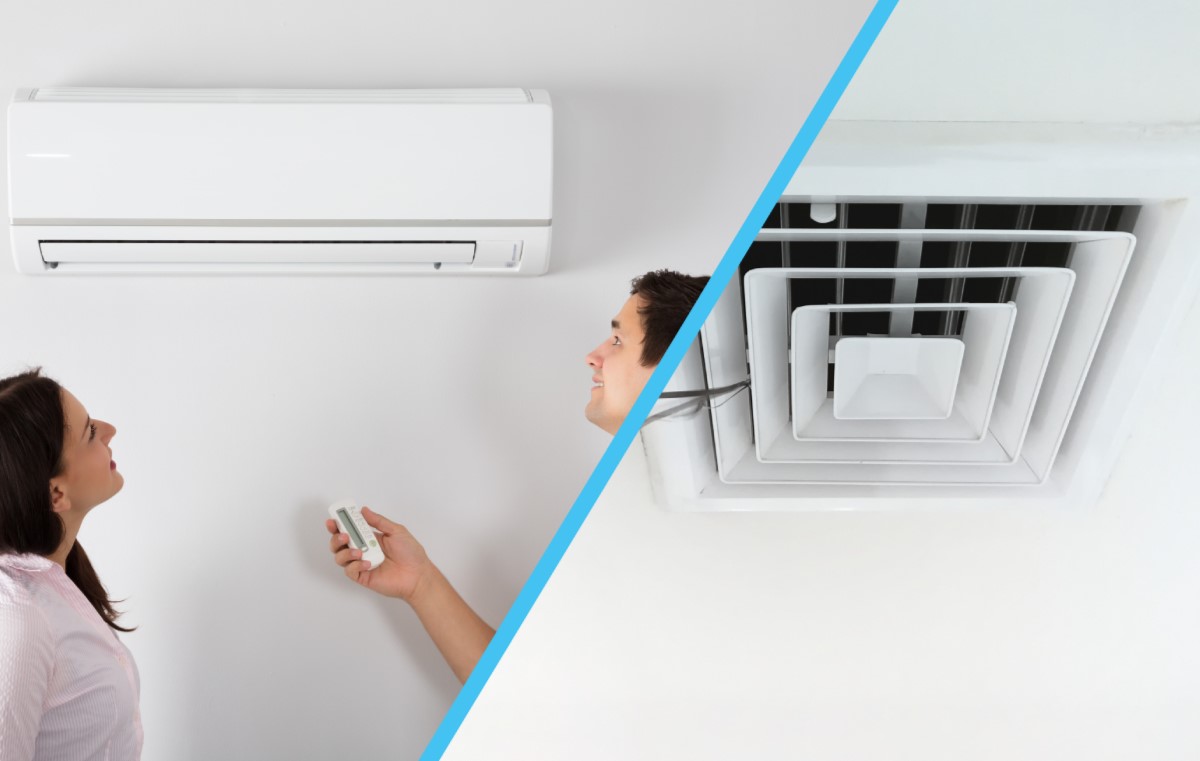
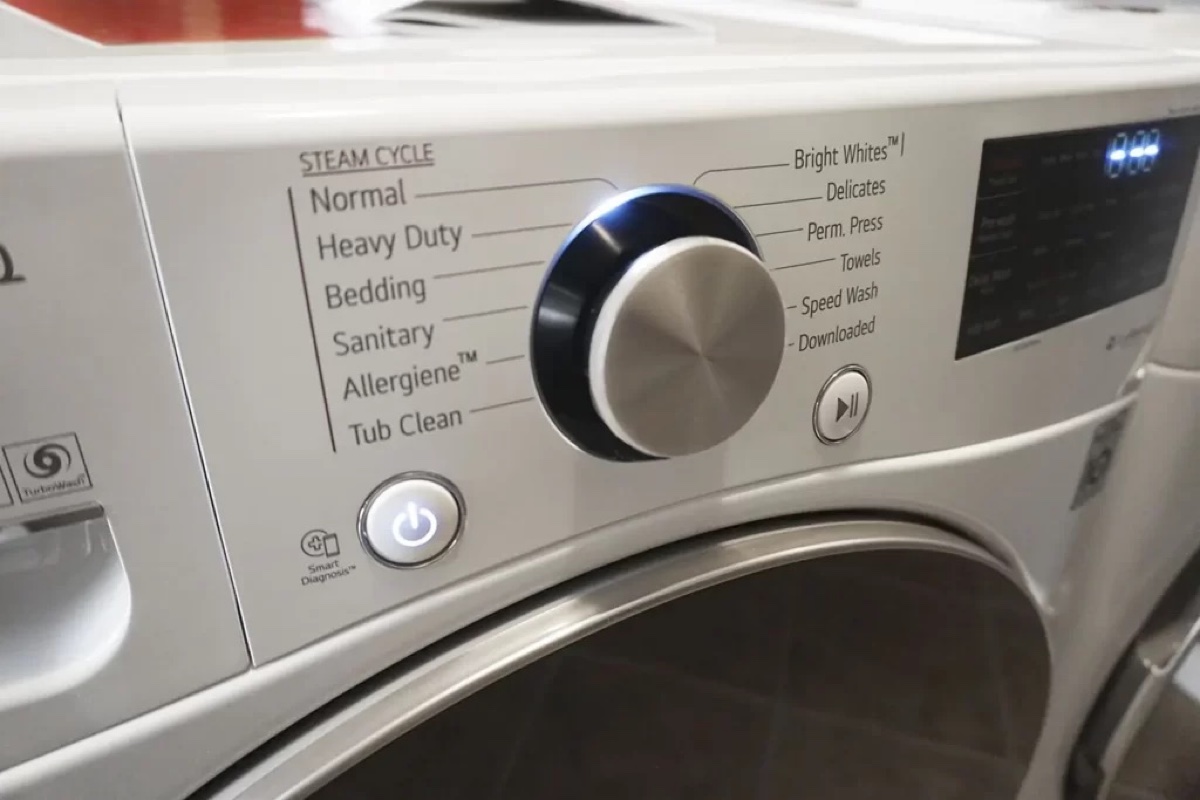
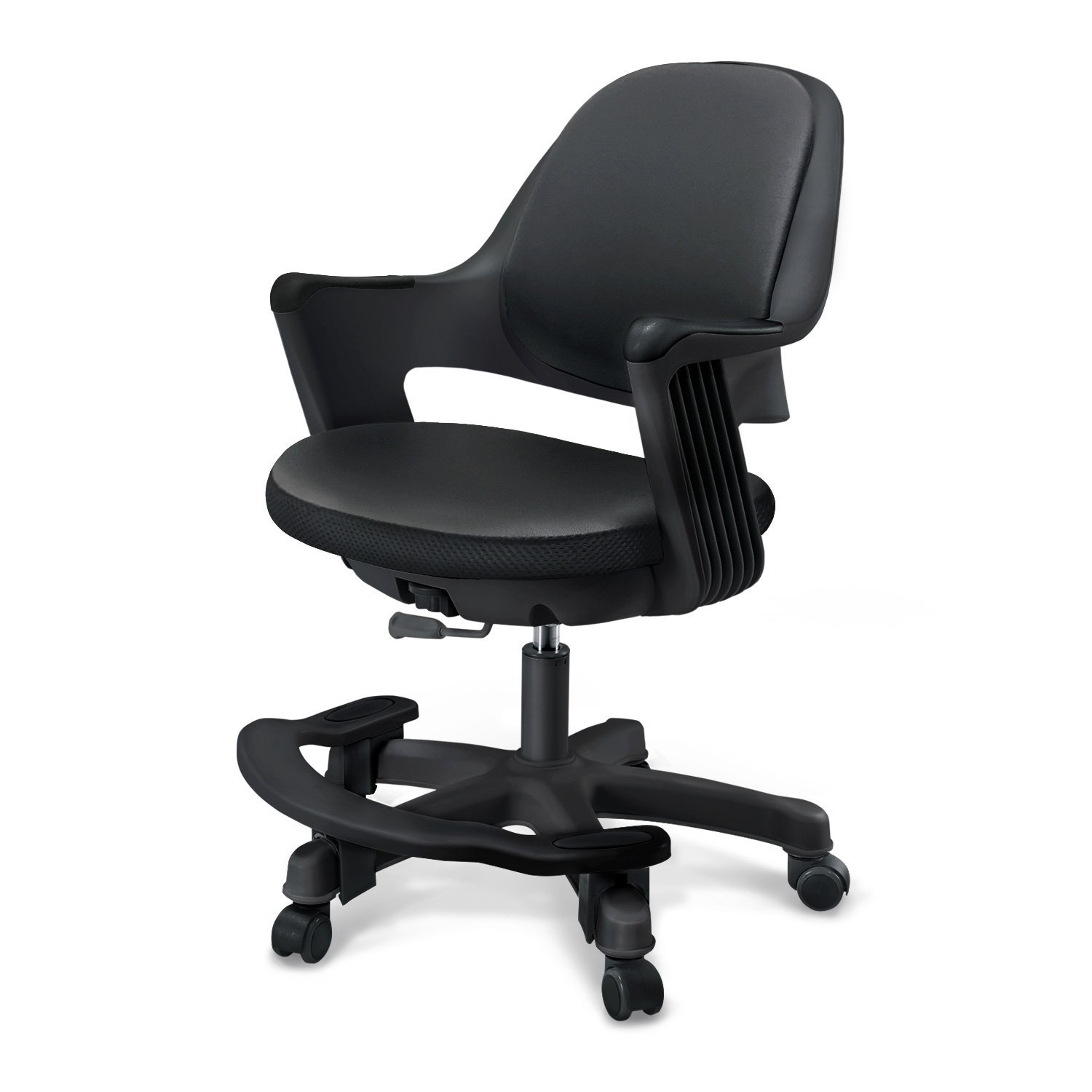
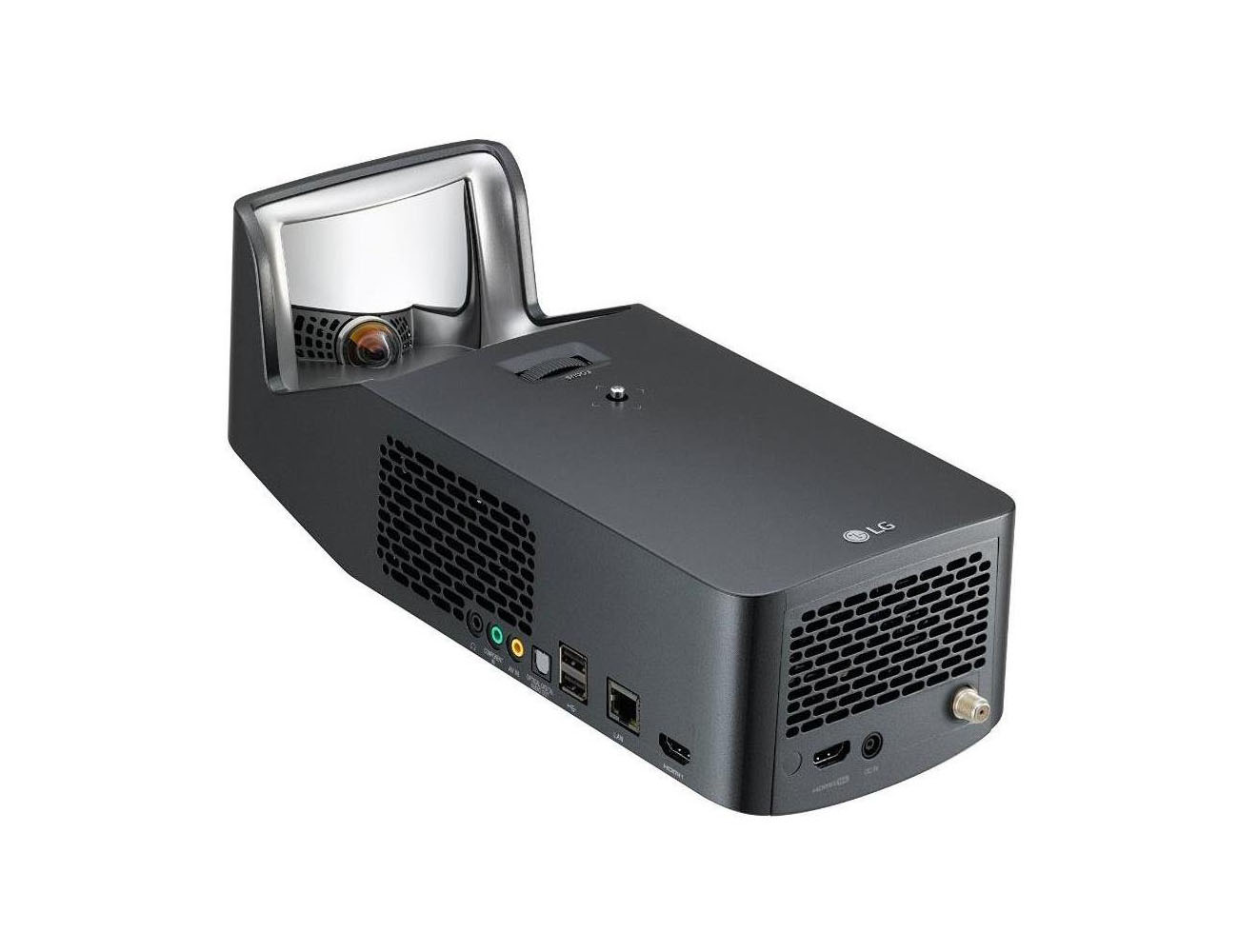
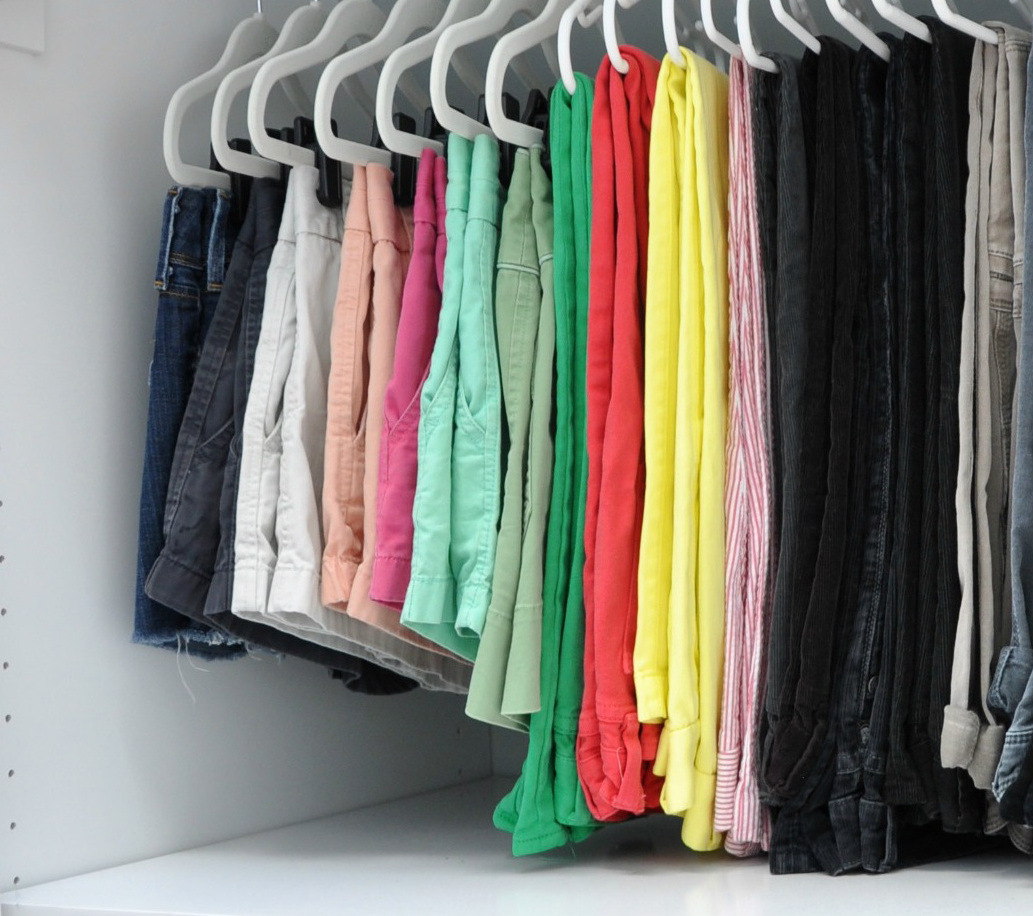
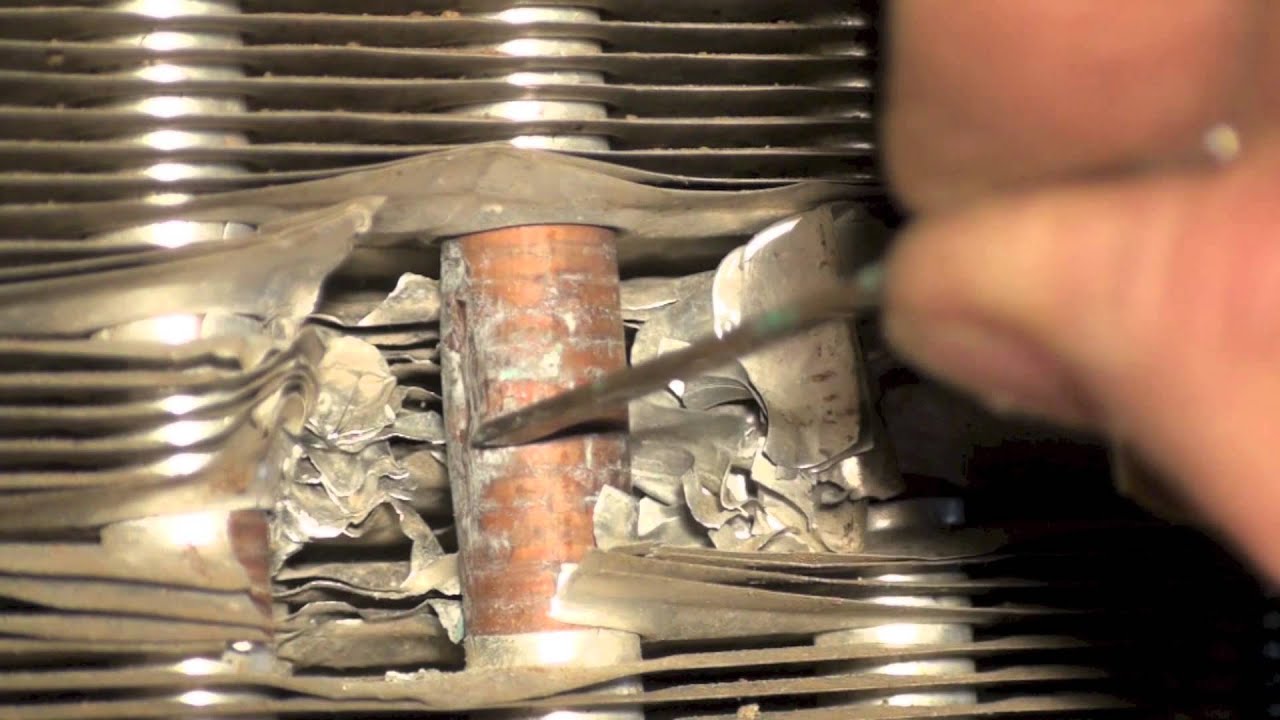

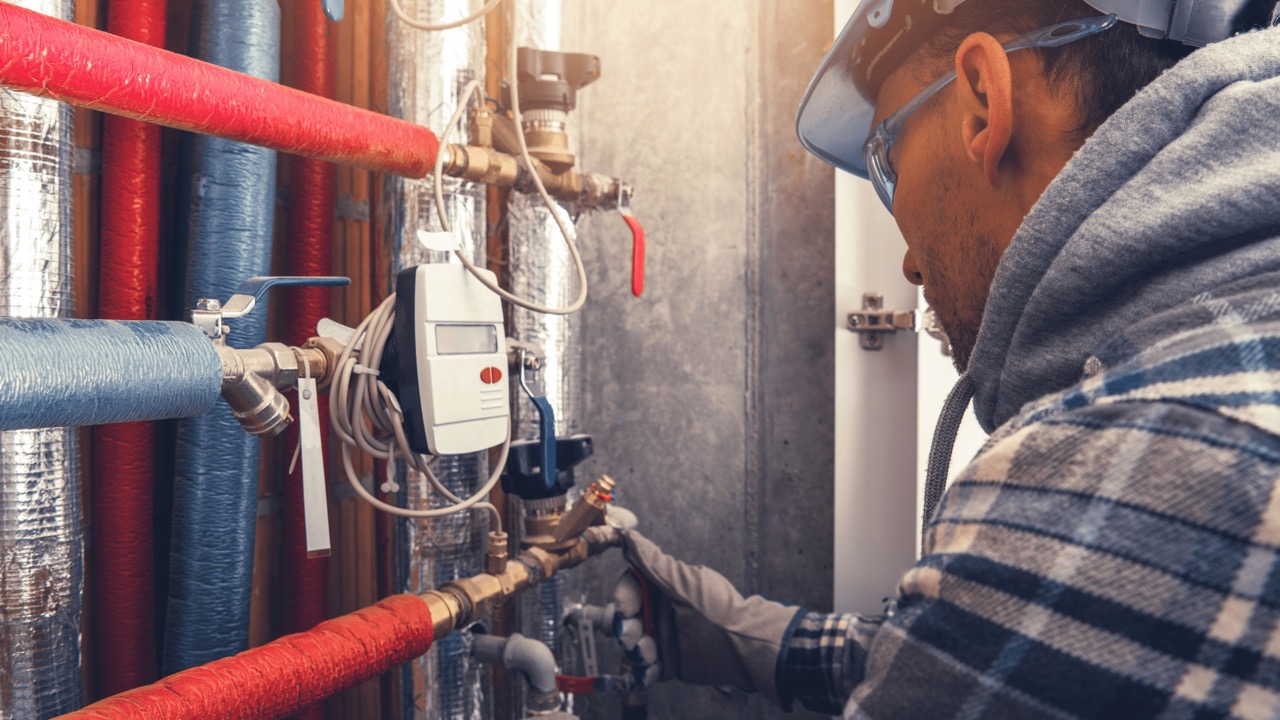
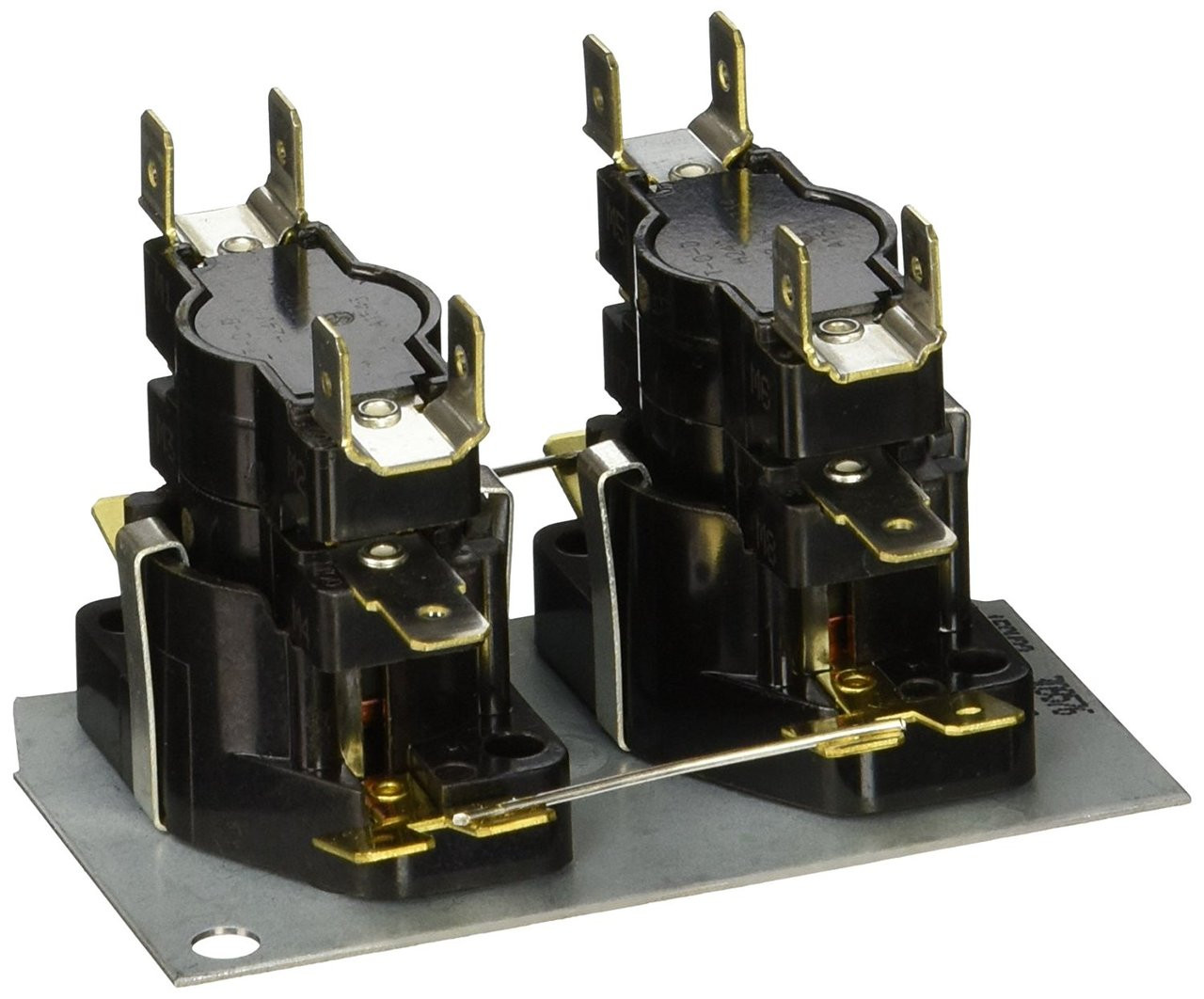
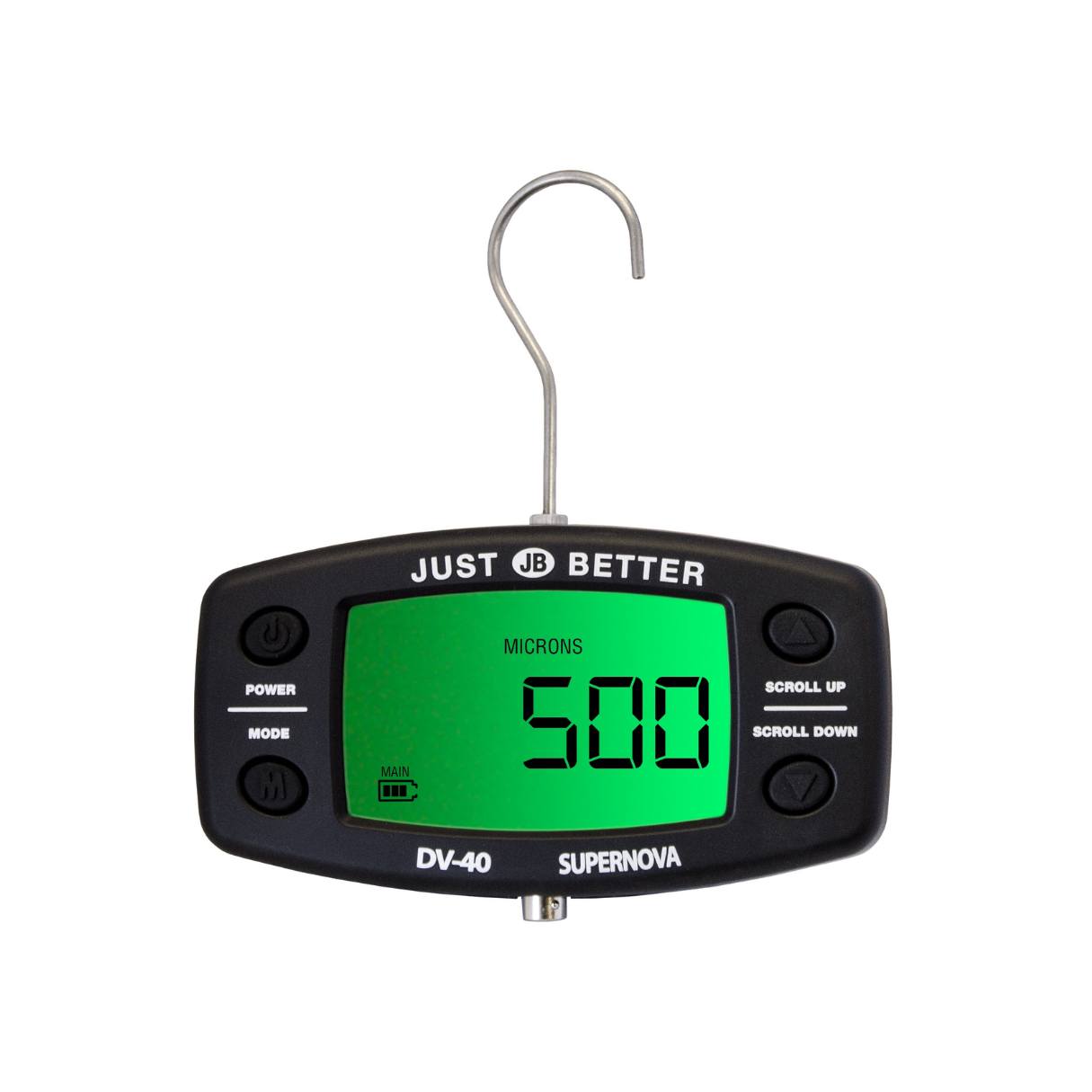
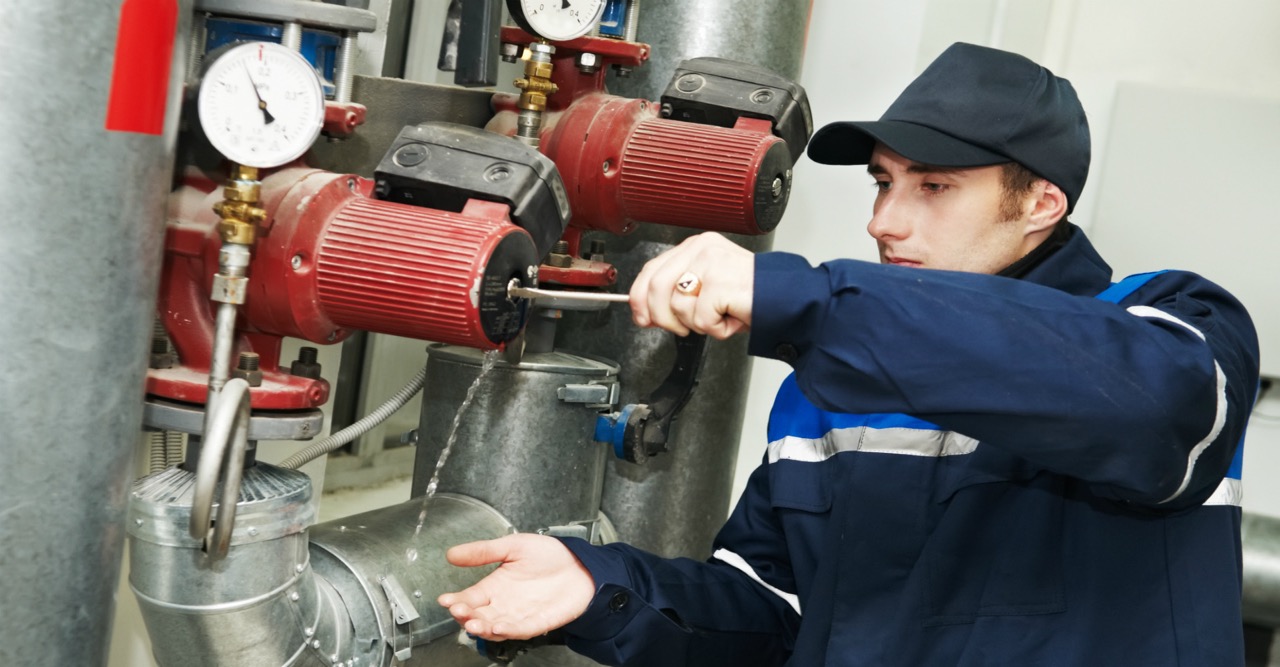


0 thoughts on “What Is HVAC Short Cycling”